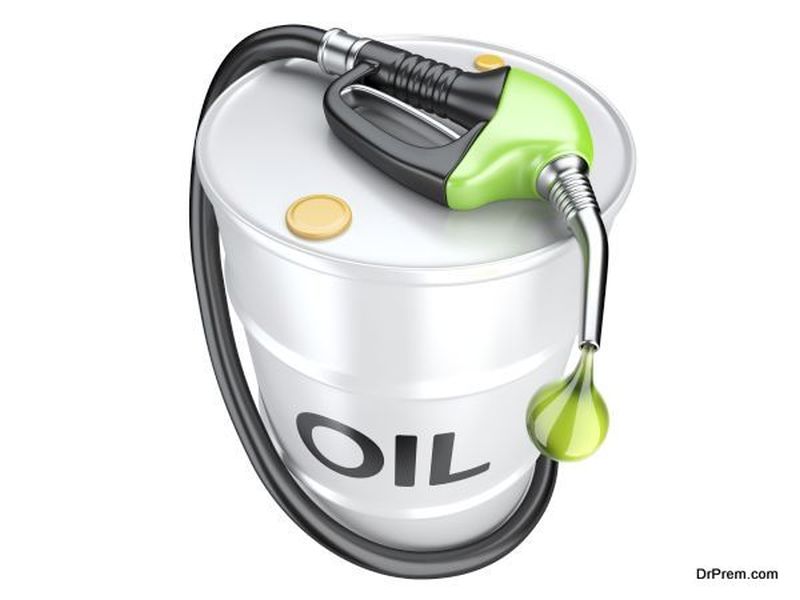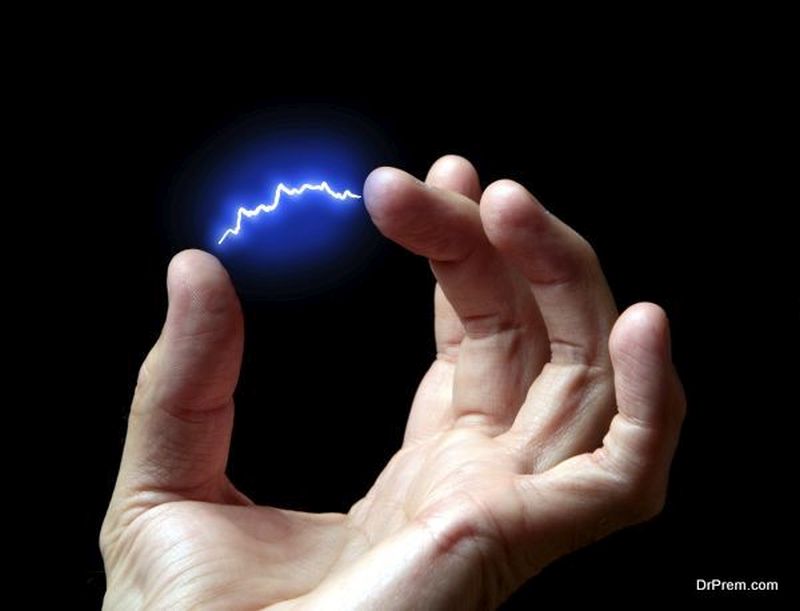The world is facing some major challenges with regard to energy issues. The utter disregard for natural resources for the last two centuries, has depleted the world’s energy sources by a great extent. The methods of extracting and using energy have also created serious environment problems, like climate change. The rising population of the world will need even more energy for their use, even as conventional energy sources are depleting. Governments and citizens have to address this issue which has social, political and economic implications, in order to find a solution which is beneficial for the environment. Read on to find out about some energy outlooks and challenges that out world faces:
Transitioning to newer energy sources
One of the challenges of the energy issue is to transitioning to alternative sources of energy, like wind, solar or biofuels. Though the technology exists, it is quite expensive for most individuals to set up their own alternative energy sources. More advances in technology is required to facilitate the shift to low carbon intensive energy sources on a big scale. Many governments have set policy targets and goals to reduce greenhouse gas emissions and to source electricity from renewable sources of energy.
Hydropower is emerging as the most effective alternative in most locations but the drawback is that the sites for generation are less accessible and have value in terms of social and environmental reasons. Biofuels require large areas to be cultivated, competing with food production and conservation of natural ecosystems. Solar energy is expensive and is not commercially viable, as there are many challenges between location, cost and delivery from the source to demand.
Electricity derived from wind power is achieving commercial viability in countries like Denmark, Spain and Germany.
Intermittency problems
Traditional energy delivery systems are not equipped to distribute energy derived from wind and solar power because of the intermittent nature of their generation, depending on the variable weather conditions. This means that governments must concentrate on setting up facilities to store energy produced from renewable energy sources, to be distributed in the traditional manner, and also set up new methods of transmission. Renewable energy sources like wind power are located off-shore, which would require investment in setting up new facilities for transmitting energy long-distance.
Decarbonizing fossil fuels
The technology to decarbonize fossil fuels is in the nascent stage, and the implementation and feasibility of CCS (carbon capture and storage) is still doubtful. CCS is extremely capital intensive, in terms of lower output of the plant and extra equipment required to capture CO2. In the US, it is not yet economically feasible. In countries like India, China and South Africa, CCS would be even costlier than other low-C energy sources.
Safety of nuclear power
Nuclear power has the potential to deliver low-C energy in bulk, in a reliable manner, without intermittency. Nuclear plants require less land unlike other renewable sources of energy. It has emerged to be a cost-effective source of energy compared to other alternative sources of energy.
The challenge of nuclear power is that is an unforgiving and complex technology, and any human error in deployment can lead to massive social and ecological impacts, which would be irreversible and catastrophic. Nuclear power is derived from extremely toxic materials which have to be kept safe from theft. In developing countries, nuclear power may be more expensive that other energy efficient technologies.
Coping with immediate hike for energy
1.2 billion people globally do not have access to modern energy sources, but experts are predicting a huge demand from Asia, parts of Africa and Latin America. An increasing middle class in these regions will lead to a pressure on fossil fuels as more cars are bought. Electricity demand for cooling would also rise as more people would be able to afford air conditioners.
Transferring electricity from region to region
To meet increasing energy demands, building supergrids to distribute electricity to bigger area, even across borders to different countries is becoming necessary. The challenges to building global energy grids is the threat of attacks on them, and also the distribution network, which has to be efficient.
We have to change the way we use energy, using electricity only when it is available rather than changing energy production to meet our needs. There has to be a paradigm shift globally in the use of energy to overcome the challenges of energy the world is facing today.






